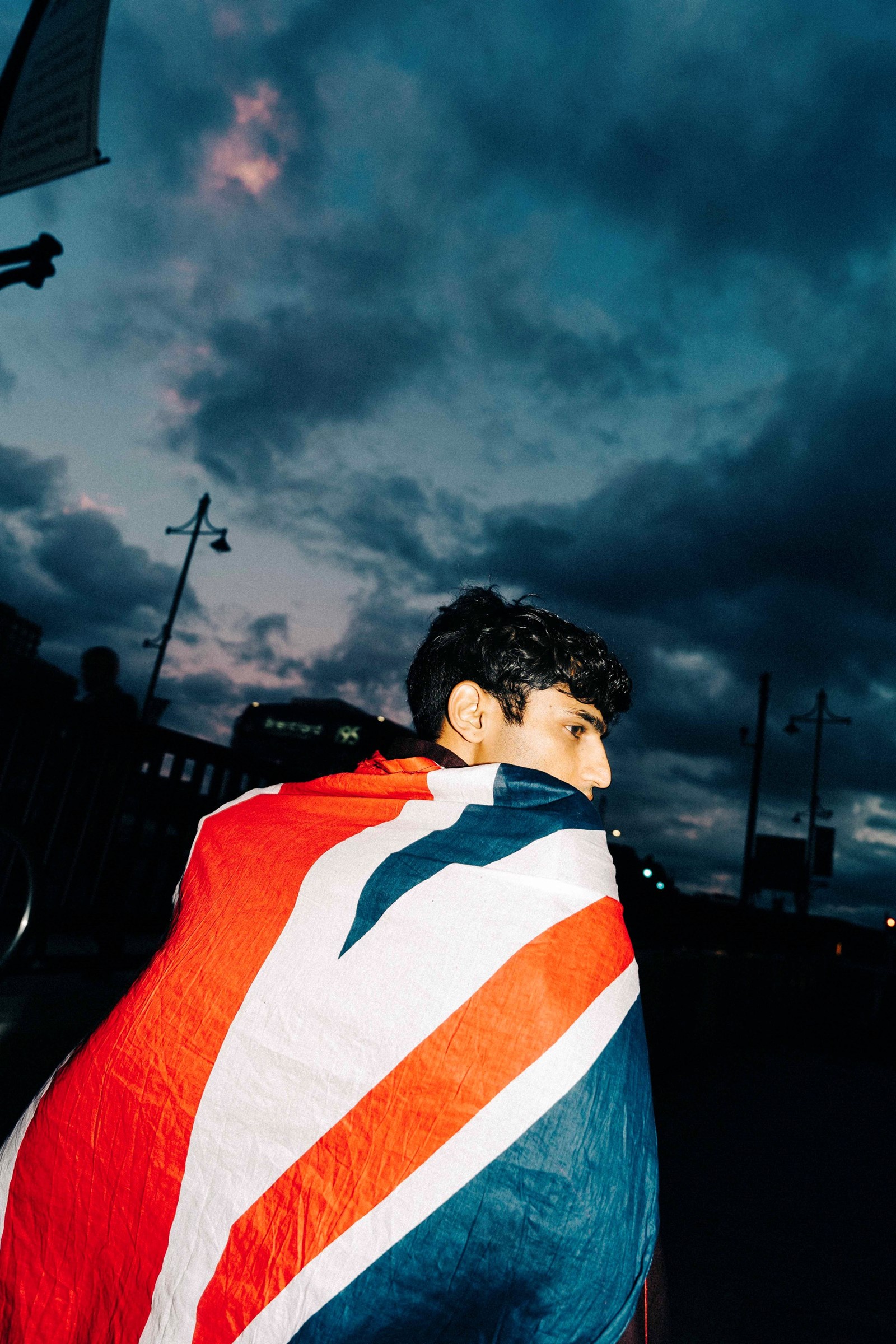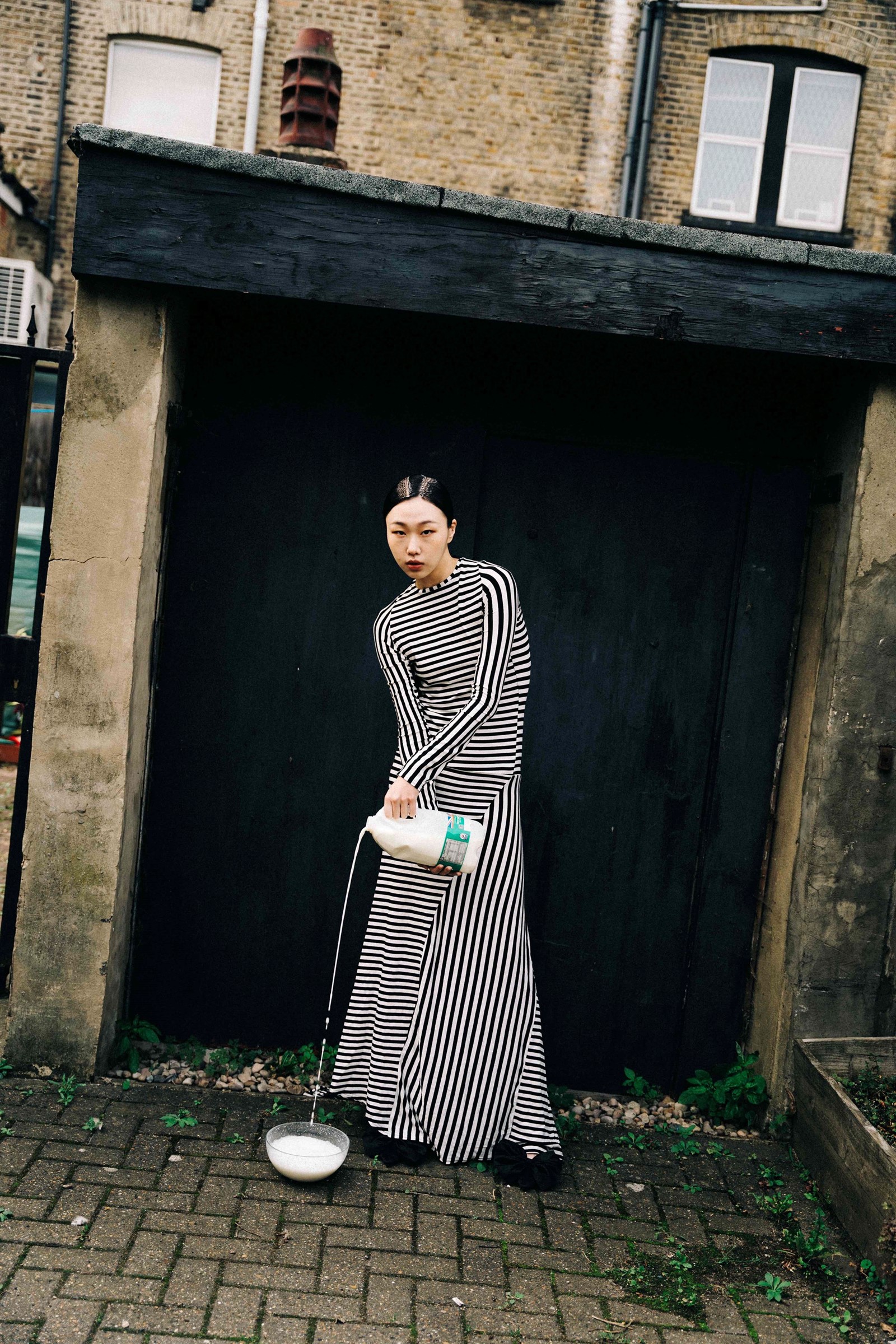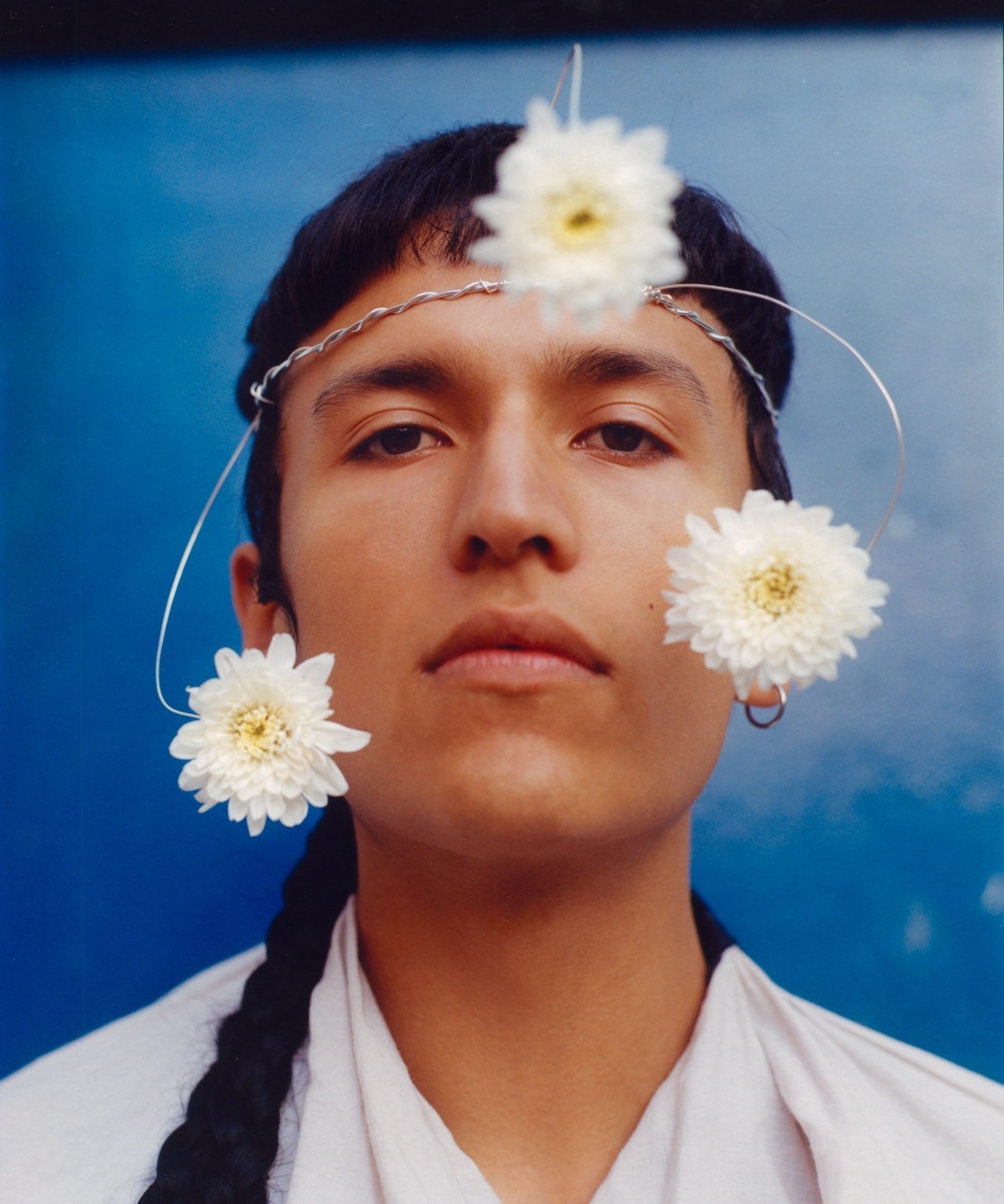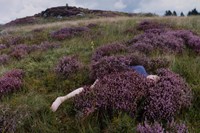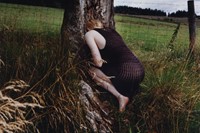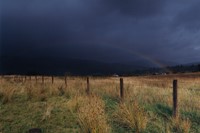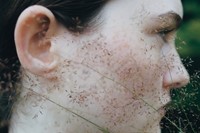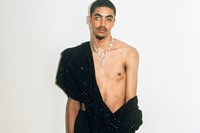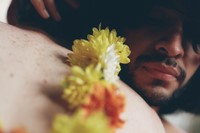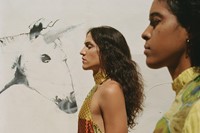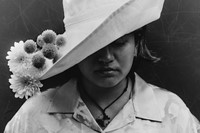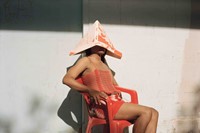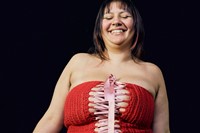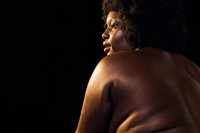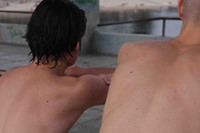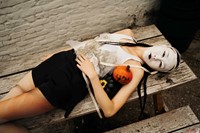Who are we – and where do we come from? The quest to understand and celebrate identity is the driving force behind the best of the work emerging this year from Central Saint Martins’ renowned MA Fashion Communication course, which is hosting an exhibition at the college to mark the end of the students’ studies (the course runs from January to December).
Below, AnOther spoke with six image-makers from the course, who often stray far from conventional fashion tropes. They share well-crafted personal narratives of identity, community and homelands, highlighting cultural connections and communal experiences.
Camille Lemoine
Photographer Camille Lemoine finds inspiration in the tranquillity of country life. Her perspective was shaped by her upbringing in Baldernock, Scotland, and her final major project explores the smaller moments and reality of life in rural Scotland. In her work, Lemoine interprets landscapes and our connection to untamed spaces. She thinks the everyday Scottish spaces tend to be overlooked in favour of displaying grander and more conventionally romantic narratives. “For this project, I spent a lot of time walking and just being in the spaces I was making work about,” she says. “I’ve developed a strong connection to quieter landscapes and have used my experiences there to inform my work”. Her work is refreshing, touching and always authentic.
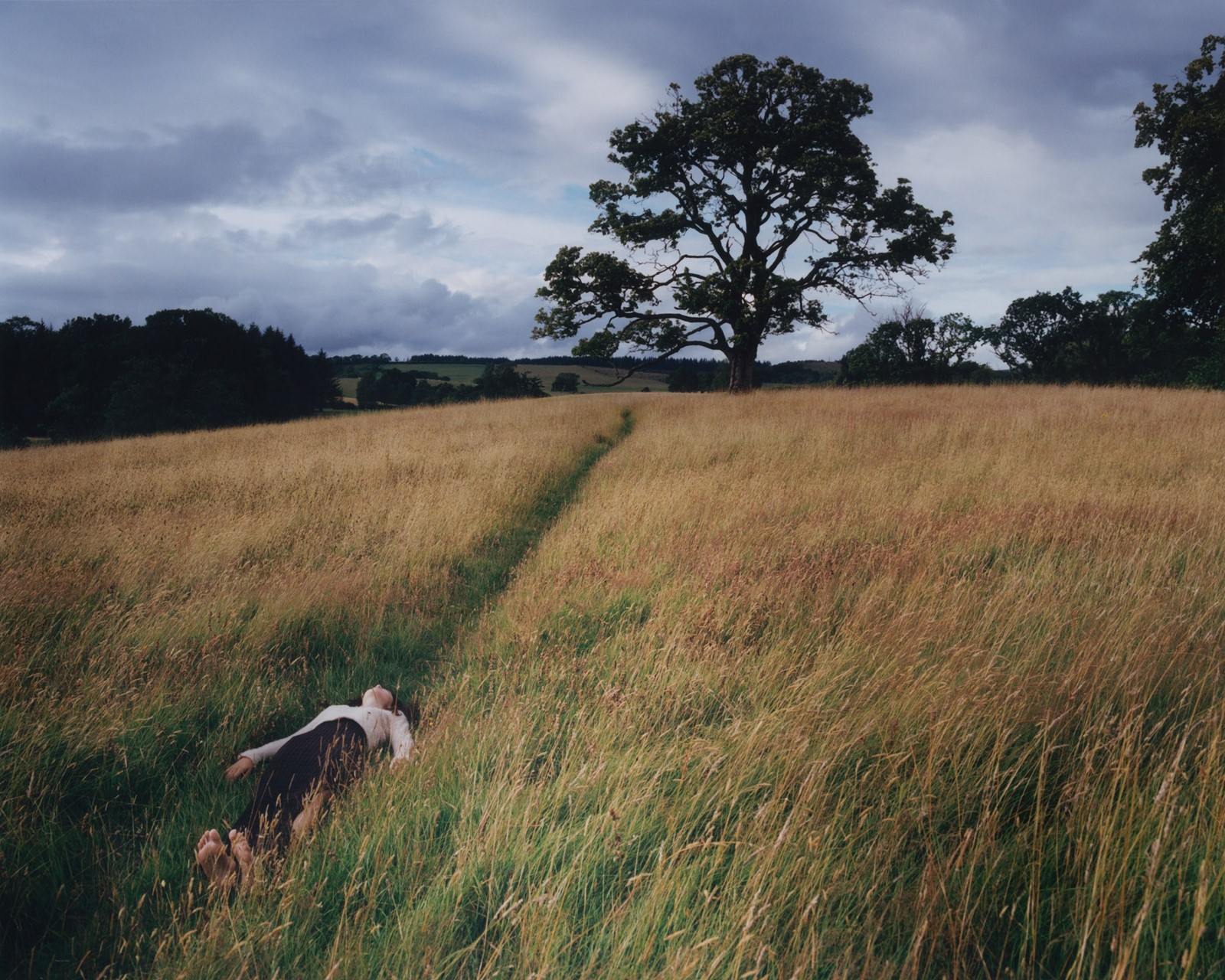
Christopher Akintonde
Chistopher Akintonde is a Nigerian American photographer who wants people to perceive a community when they engage with his work. “I want the images to be as simple as possible so the viewer can see what's in front of them – a Black man,” he says. Growing up between Hawaii and Japan, Akintonde has connected with multiple cultures over the years while understanding the beauty and complexity of his own. Akintonde enjoys sourcing inspiration from his own story: “My mum is from the South Side of Chicago, my dad is from Nigeria - that’s enough to unpack,” he laughs. His exhibited work is only the beginning of what he believes will be an ongoing project of cultural exploration. Akintonde also oversees the entire creative process himself, including casting, styling and photography, developing a sense of intimate collaboration with his subjects.
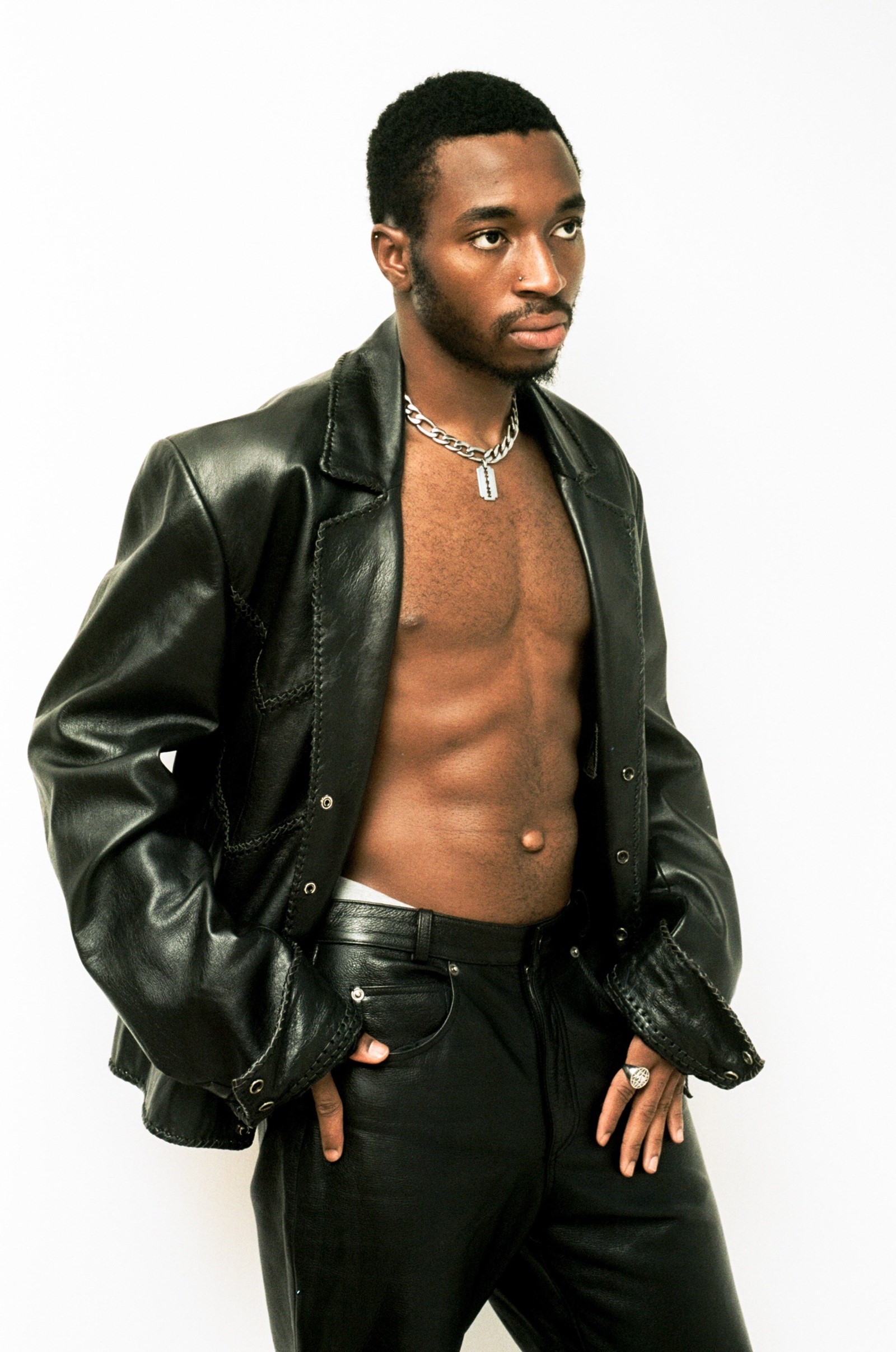
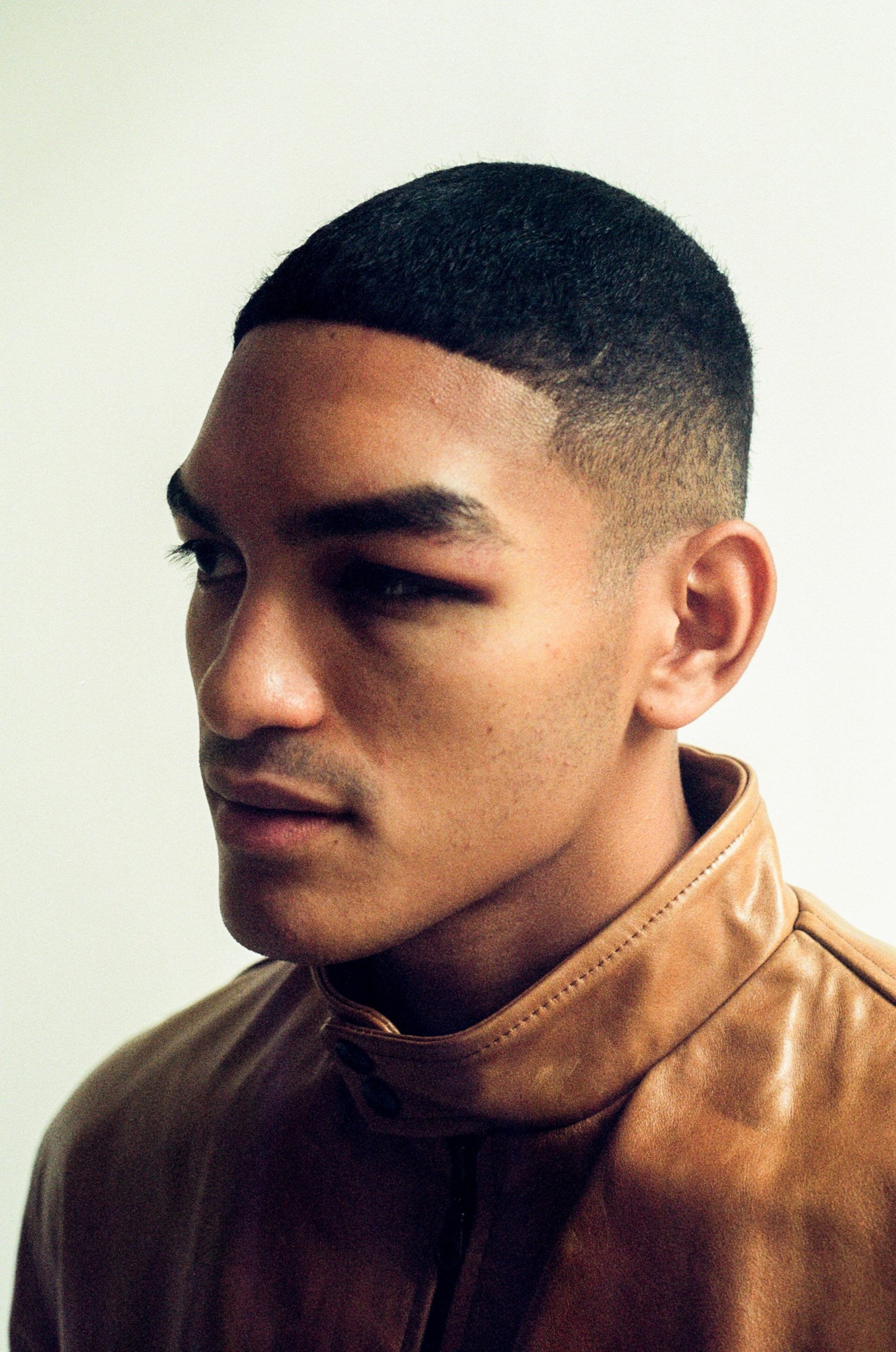
Cayetano Garcia Sahurie
Stylist and art director Cayetano Garcia Sahurie’s final CSM project is a love letter to Latin America. He’s from Lima, Peru, and his work documents and celebrates the queer Latinx diaspora in London and Paris. “Peru is my biggest source of inspiration. Especially now I am miles away from home, I’m building an everlasting appreciation for Latin America,” he says. He feels a sense of responsibility to highlight the community's diversity and talent. For the exhibition, Garcia Sahurie collaborated with several photographers, supervising art direction, styling and casting. In true community spirit, Garcia Sahurie finds the casting process deeply important – he believes the input and stories of the cast, designers and crew enrich the scenes being created. So many stories from his community go untold, he says. It’s a pleasure to now share them.

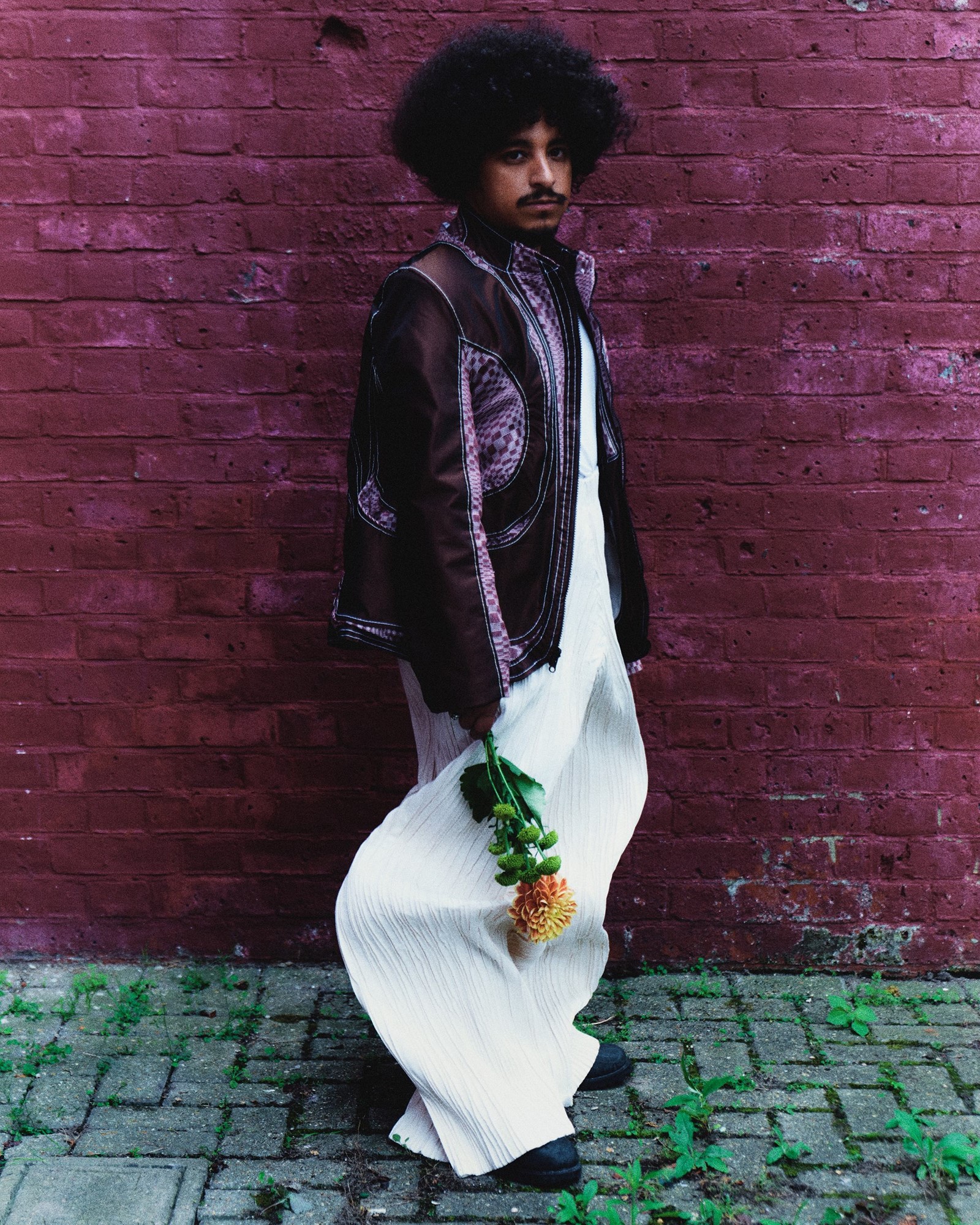
Billie Stringer
Billie Stringer finds power in reclaiming a sense of girlhood through portraiture. Her final project at CSM is an ongoing study of individuals with different narratives but sharing the expertise of being in front of her lens. Growing up in Belfast, Northern Ireland, Stringer felt introverted and never fully able to express herself. Living between London and Manchester as an adult, Stringer felt free to come into her own skin. Her work is a homage to herself looking at the world as a queer woman, rather than as a shy girl. At the core of her craft is an emphasis on dialogue and connection; “Conversations are integral to my process,” she explains. “Getting to know each person and building rapport that goes beyond them being in front of my camera. They have as much control over the direction of the image as I do.”
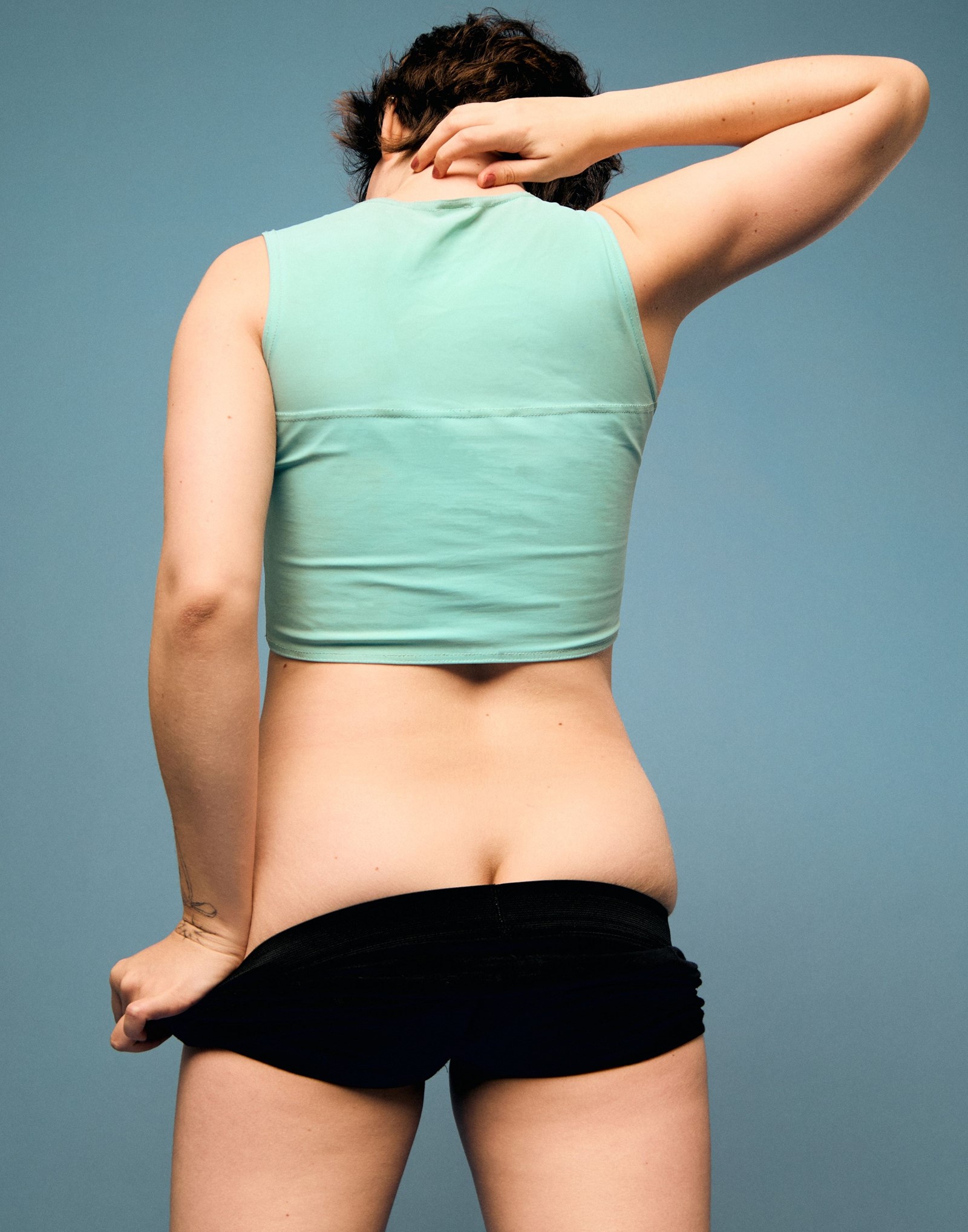

Eugenia Skvarska
Eugenia Skvarska, a stylist and art director from Kyiv, Ukraine, has been studying at CSM during a period of conflict and occupation in her homeland. This turbulence drove her passion to illuminate Ukrainian culture and life. Her final work at CSM revolves around the Dnipro, one of Europe’s largest rivers and a major water source for Ukraine, rich with symbolic significance for all Ukrainians. Collaborating with British photographer Kalpesh Lathigra in Kyiv this summer – the second summer of war – Skvarska focused on portraits capturing the varied expressions of boys and men. There’s a sense of nostalgia amid the backdrop of conflict, a poignant memory of happiness surrounded by the harsh realities of war. She hopes to inspire a sense of social responsibility. Skvarska believes fashion is not a detached or apolitical medium; it can – and should – actively participate, highlighting (in her case) long historic injustices. “My goal is to bring attention to the history and cultural heritage of Ukraine, which endured nearly two centuries of the influence of Russification”.
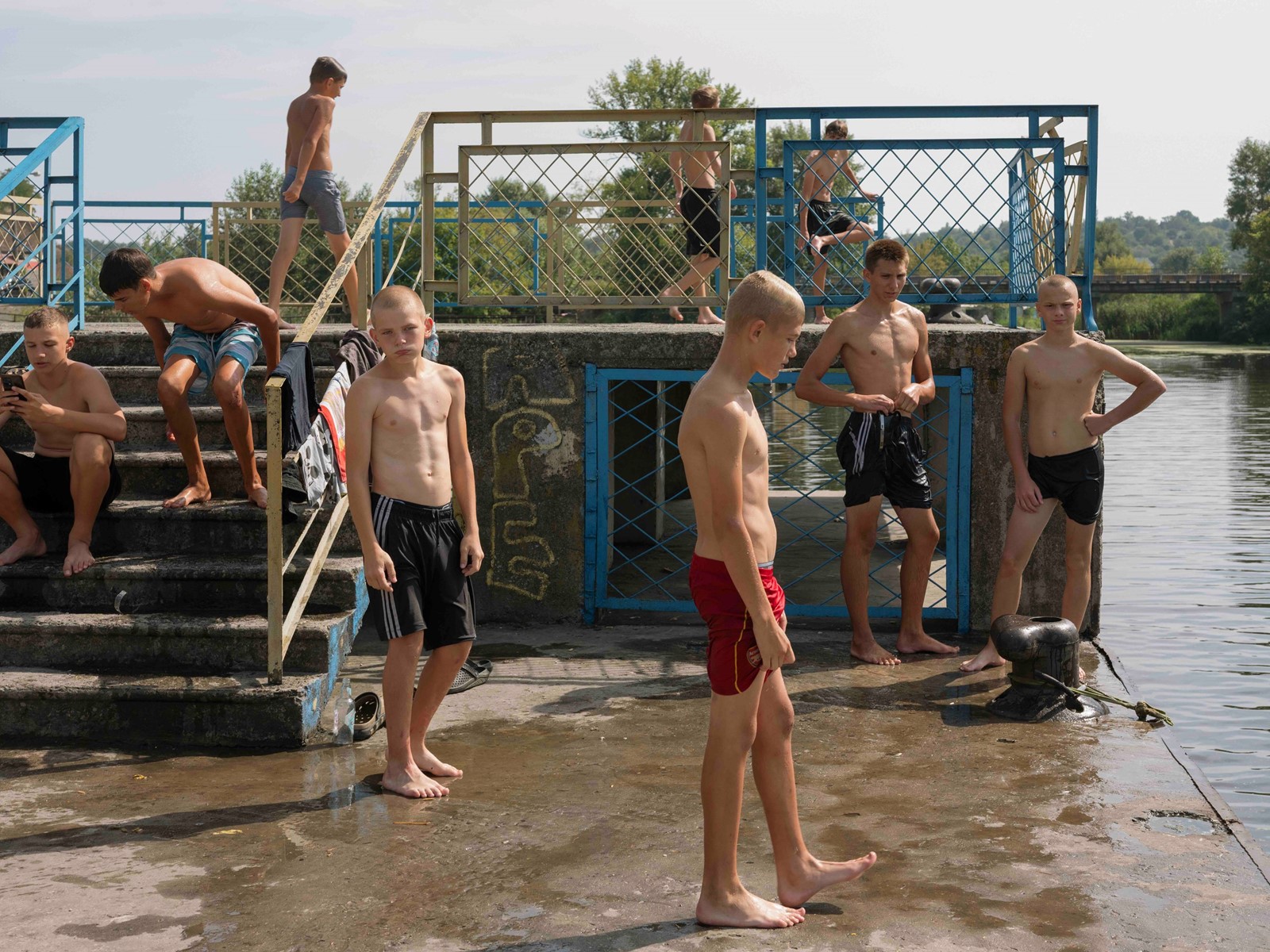
Tuhin Chandra
Photographer Tuhin Chandra felt excluded from the perceived opulence of conventional fashion narratives, and has harnessed these emotions to create a project grounded in personal truth and reality. He’s from Jabalpur, a small town in the heart of India. Growing up, he grappled with the challenges of the Global South and believes that he is intimately connected to life in its rawest form. With work weaving together the worlds of art and fashion with reality, his creative process is rooted in street photography and thrives on capturing truth in its purest form, transforming ordinary moments into visual narratives. “I aim for people to connect with my work on a visceral level, like an Impressionist. Rather than dissecting it intellectually and relying on their educated sense of beauty, I want viewers to feel what I felt,” he says. “I hope my art resonates with them on a personal and emotional level.”
